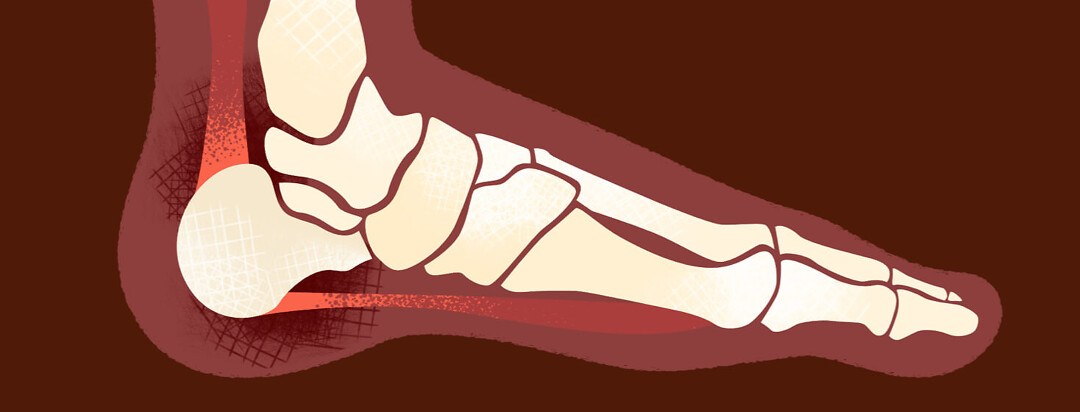Enthesitis and Psoriatic Arthritis
Psoriatic arthritis (PsA) affects the joints, but it can also affect the entheses in the body. Entheses are where the tendons or ligaments insert into a bone.1 Knowing more about how PsA can affect your entheses can help you recognize symptoms and get the necessary treatment.
What is the connection between enthesitis and psoriatic arthritis?
Bones and muscles are held together by tendons and ligaments, enabling them to move. There are more than 100 entheses in the body.1 Enthesitis happens when an enthesis becomes inflamed.1,2 It is estimated that about 1 in 3 people with PsA have enthesitis.1
Breaking down the symptoms...
The main symptom of enthesitis is usually pain. Stiffness may also be present.1 The pain can be worse when you move. A physical exam often finds tenderness at certain enthesis sites.3 Constant inflammation may cause abnormal bone growth. This can lead to bone spurs.1Enthesitis can happen at any time in PsA, but it usually happens early on in the condition. It can affect the elbows, knees, hips, and shoulders, as well as other areas of the body. One of the common sites of enthesitis is where the Achilles tendon attaches to the back of the heel.1 This can cause pain with walking.
Enthesitis is also associated with changes in fingernails and toenails, but nobody knows why. Symptoms with nails can include separation from the nail bed and pitting of the nail.1
What causes enthesitis? How is it diagnosed?
It is thought that repeated stress on an enthesis causes inflammation. Over time, the stress causes microscopic damage, which slowly builds up. Eventually, the immune system responds to the damage. It releases a type of protein that causes inflammation called cytokines.1
There is no sole way of diagnosing enthesitis. Doctors will take a medical history and do a physical exam. Some may also do a simple enthesitis index, in which they ask about pain when pressure is applied at an enthesis.2
Sometimes ultrasound is used as well. Ultrasound has been useful in finding enthesitis even without symptoms.4
Taking a look at treatment options
Treatment for enthesitis has traditionally been the continuous use of nonsteroidal anti-inflammatory drugs (NSAIDs). NSAIDs help control symptoms and may also slow the progression of bony changes.4
If you only have enthesitis in 1 area, you might be treated with an injectable corticosteroid.1 If symptoms continue or you start to have symptoms in more than 1 area, this is not an appropriate treatment.
For those who do not respond to NSAIDs or cannot take them for periods of time, biologics may be explored. These biologics include TNF inhibitors, which block a type of cytokine called tumor necrosis factor. Several TNF inhibitors have been found to be effective in treating enthesitis.4
Drugs that block certain forms of cytokines called interleukins (IL inhibitors) are being studied. These drugs may help reduce the inflammation and interfere with the inflammatory process, helping to lessen damage to the entheses and ease symptoms.4
Featured Forum
View all responsesDo you live with psoriatic arthritis and enthesitis?
If you have PsA, you might have enthesitis in addition to joint pain. Being aware of the symptoms and where exactly the pain is can help you give your doctor more information. This can then be used to help with diagnosis and appropriate treatment.

Join the conversation